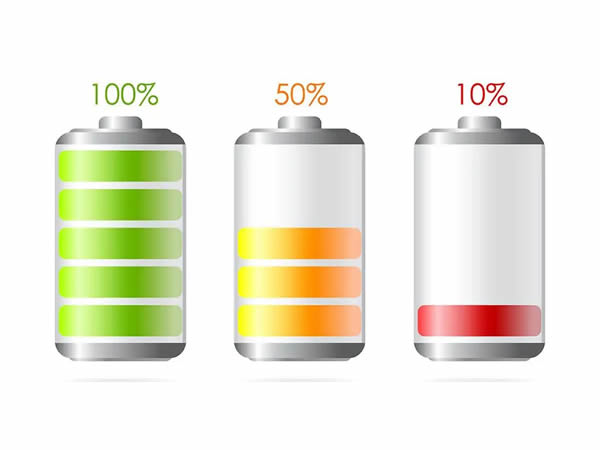In our ever-evolving world of technology, the power management of batteries plays a pivotal role. From powering our smartphones to fueling electric vehicles, batteries are at the heart of many modern devices. A crucial concept in this realm is the State of Charge (SOC) of a battery. Although it sounds straightforward—the ratio of remaining capacity to the total capacity of a battery—there’s much more to it than meets the eye. Let’s explore this concept in a way that’s easy to understand and relevant for everyday consumers.
What is State of Charge (SOC)?
At its simplest, the State of Charge is a percentage that indicates how much energy remains in a battery compared to its full capacity. Think of it like a fuel gauge for your battery. For instance, if you have a battery with a 100 amp-hour capacity and 70 amp-hours left, it’s at 70% SOC.
The Complex Discharge Curve
However, batteries, especially lithium-ion ones, don’t discharge in a straight line. As you use energy, the battery voltage decreases in a curve, which becomes steeper as the battery depletes. This means that not all percentages of SOC are created equal. For example, the energy available at 50% SOC might not be half of what you have at 100% SOC because the voltage and available energy fluctuate differently as the battery discharges.
Introducing State of Charge based on Energy (SOCE)
To get a more accurate picture of how much energy your battery can actually provide at any given time, we use a metric called State of Charge based on energy (SOCE). Unlike the basic SOC, which measures capacity in amp-hours, SOCE considers the actual usable energy at different voltages throughout the discharge cycle. This gives a more realistic indication of how much “runtime” you have left before needing to recharge.
Why SOCE Matters
Understanding SOCE is not just a technical exercise; it impacts how we design and use battery-powered devices. For engineers, it means creating systems that measure not just how much energy is left, but how efficiently it can be used. For consumers, it translates to more reliable devices. Imagine the frustration of your electric car suddenly dropping from 30% to 0% charge without warning. Accurate SOCE readings help prevent such scenarios.
Tools for Accurate Measurement
One of the primary methods for tracking SOC and SOCE is Coulomb counting. This technique measures the flow of current over time to estimate energy consumption. However, even this method isn’t foolproof and requires occasional recalibration against the battery’s open circuit voltage to correct for any errors. This balance between Coulomb counting and voltage checks ensures that SOC and SOCE estimates remain accurate, akin to navigating with a well-calibrated map in changing terrain.
Why It’s Important
Accurate SOC and SOCE readings are crucial not only for the longevity of our devices but also for user trust. Nobody wants their device to suddenly die due to a miscalculation. This reliability is especially important as we move towards more battery-dependent technologies and sustainable energy solutions.
Conclusion
While the concept of SOC might seem simple at first glance, it opens the door to a deeper understanding of battery management. By grasping the nuances of SOC and SOCE, we can better appreciate how batteries work and how to optimise their performance. This knowledge is key to making our daily lives more convenient and our future more sustainable. So, the next time you glance at your device’s battery indicator, you’ll know there’s a lot more going on behind that percentage than you might have thought.




















